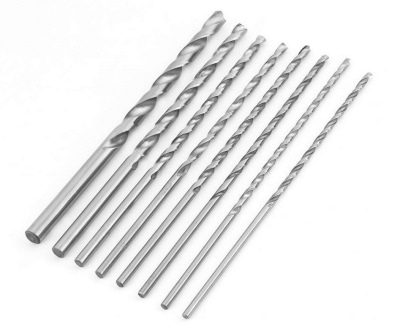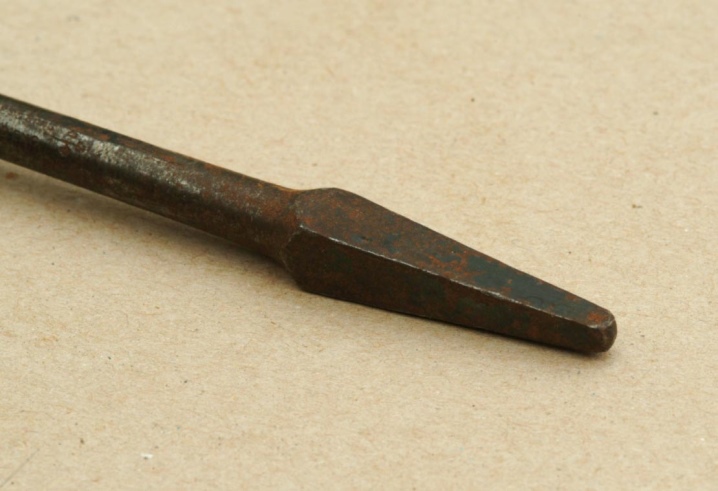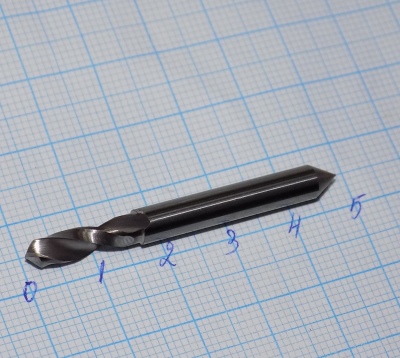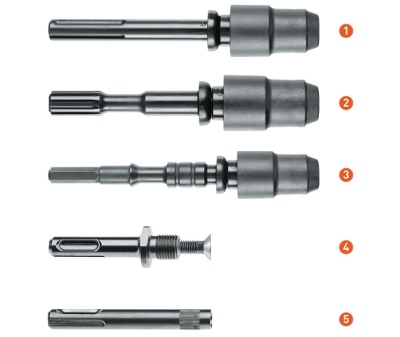What are the drill shanks?

When buying a drill, it is necessary to check the conformity of the shank type with the clamping device of the tool for which the product is being purchased. It can be a collet, spindle, chuck, holder, or something else.

Description and purpose
To perform well drilling work, two conditions must be met when installing the drill:
- the drill shank must be completely recessed in the clamping device;
- the clamp must not grip the working surface of the drill.

It should be understood what a shank is for this product, what it is for, what types are offered by manufacturers. Shank geometry always depends on the type of clamping device, collet diameter, type of broach. There is a wide variety of shanks available for sale:
-
short;

- long;

- elongated.

Quite often, manufacturers produce products with constructive additions:
- with a leash that improves the quality of the torque;

- with foot for easy removal of the drill from the clamp.

Since the lines of drills with such shanks differ from the usual ones, being, rather, highly specialized products intended for a certain type of equipment, then the instructions and technical data sheet always indicate model typerequired for a machine tool or hand tool. In order not to make mistakes when buying the wrong model, you should pay attention to the manufacturer's recommendations for the type of drills used.
It is quite simple to calculate the length of the clamping part of the tool: the length of the working surface must be subtracted from the length of the entire product. In drawings, dimensions are always indicated in millimeters.
Species overview
When choosing a shank, let's remember the types of clamps:
-
SDS;
-
slotted;
- conical;
-
cylindrical;
-
with a certain number of faces (3, 4, 6, and so on).

It is worth paying attention to the convenience of the latter type. The faceted clamp prevents the drill from rotating during operation. Let's consider them in more detail.
- Trihedral... A similar clamping part in the equipment is used in a three-jaw chuck. With this type, the torque cannot be affected by the cranking, which simply will not be.

- Tetrahedral... In this case, the drill shank should be in the form of a truncated pyramid. Such a shank is easy to manufacture and operate. For installation, a clamp with the same design characteristics is required.

- Hexagon... For drills with this type of shank, use the same type of clamps - hexagonal (otherwise they are called "hex"). This design holds the product as firmly as possible in the clamp, perfectly resists rolling, and allows significant torques. Used in work with screwdrivers, mechanical screwdrivers and other tools.

- Cylindrical... This form of shanks is considered the most common, and a characteristic feature is that when selecting a drill for a tool, exact compliance is not required (diameters can vary significantly).

- Conical... Tapered, Reinforced, Morse Taper - Drill or cutter shanks suggest different standards. This approach allows you to select a product for any type of equipment required for a specific job.

- Machined... A versatile type of clamp (and shank) used in many machine tools and drilling tools.

- Thickened... A clamp of this type is able to provide the most reliable fastening of the drill, it is widely used in work with taps, reamers.

- Under the bat. Designed for bit-chucks, used for screwing or unscrewing threaded fasteners - bolts, self-tapping screws, screws. The clamping device is an angle chuck that transmits torque to the bit.

- SDS shank... Has 5 types for different types of clamping devices. Such a constructive solution made it possible to quickly replace one tool with another in the event of its failure. There are differences in the number of closed or open slots, installation depth, protrusions.

- Slotted... This type of shank is considered a type of SDS shank and belongs to the MAX range.

Choice
There is a wide range of drills on sale for metal, concrete and wood, designed for a variety of clamping devices. To make the right choice, you need to comply with all the requirements specified in GOST, and the regulatory and technical conditions established by the manufacturer.
Do not forget that almost 40 standards have been set for drills, and even more for milling cutters.
Therefore, it is necessary to know the technical characteristics of the cutting tool, which clearly indicate the shape of the clamp. Knowing this information will allow you to choose the right shanks, guided by the necessary requirements for length, diameter and other characteristics.... In the data sheet for a particular tool, the type of model and the length of the shank are always precisely indicated.














The comment was sent successfully.